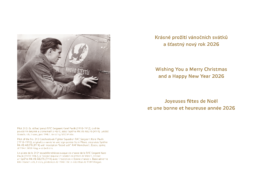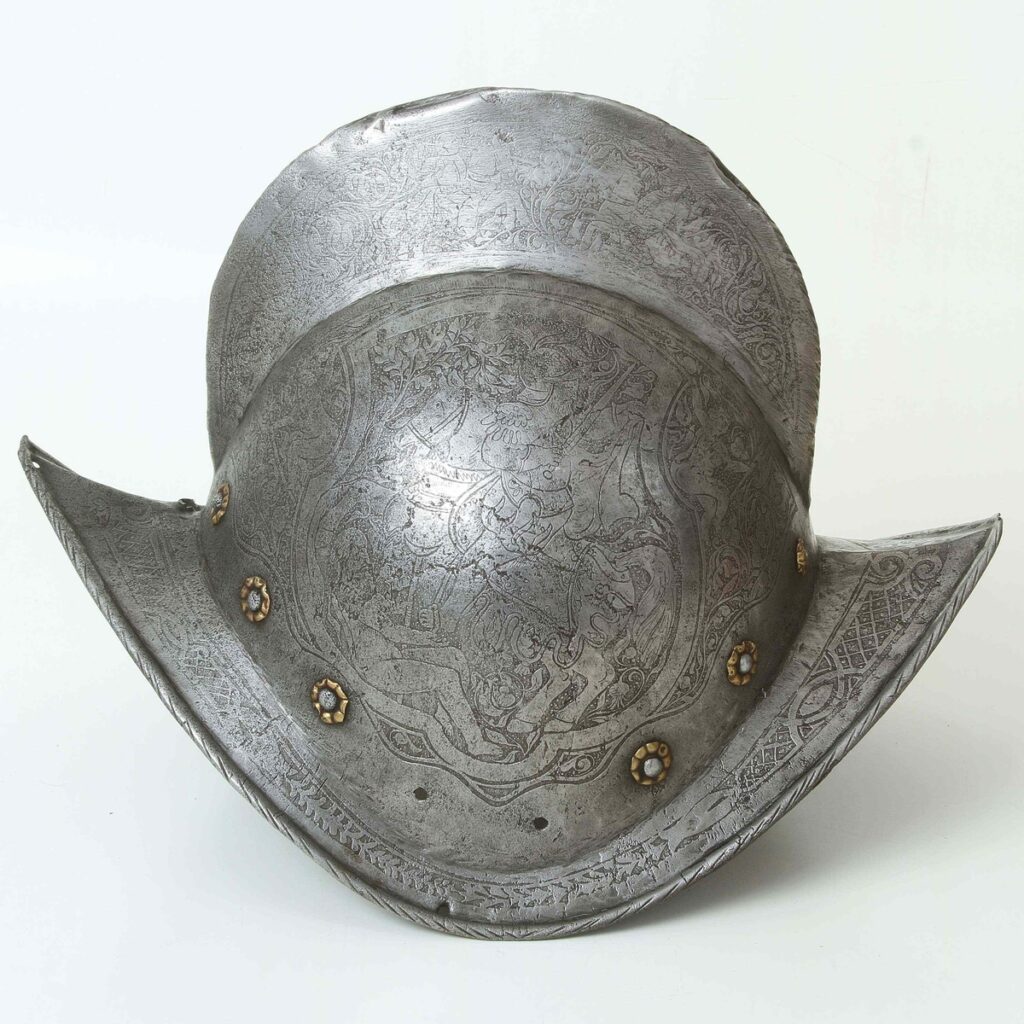
03 Morion, Nuremberg, late 16th century
Fotogalerie
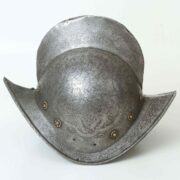
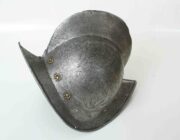
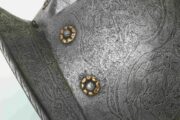
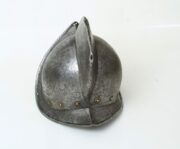
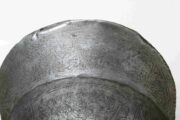
One of the most widespread helmets of the 16th and 17th centuries was the morion, used mainly by mercenary infantry troops. According to the shape, two basic types of morions exist: peaked and combed. The combed morion has a spherical skull shape with a pronounced comb, the size of which, as in the case of the assault helmet, varied over its development. The lower edge of the skull is lined with a brim which runs out in front and behind with a curve in the tip. On the other hand, the peaked morion lacks a comb altogether; the skull is conical in shape and usually has a sharp spur at the top, curving backwards. It evolved from the Spanish version of the infantry iron hat. Used by infantry, halberdiers, court guards and mounted arquebusiers, the morion remained in use until the end of the 17th century.
A helmet similar to the morion is the cabaset, a helmet designed primarily for infantry troops of riflemen and pikemen. The conical skul without a comb was sometimes completed with a decorative spike. Unlike in the morion, the comb is not bent and curved into a spike, but only wraps horizontally around the helmet skull.
The presented morion has a skull with a spherical shape with a distinctive comb. The brim with a border is folded downwards and the front and back are curved into a spike. Both sides of the skull bear engravings of the invocation of Christ. The comb is chiselled with a floral ornament with two lions holding a cartouche. At the back of the skull is a tubular socket for a plume. On the lower edge of the skull, we can see a row of decorative rivets with brass rosettes. The Nuremberg sighting mark is stamped on the roof in front.
Length 345 mm, width 244 mm, height 386 mm, weight 1 326 g.
Aktuálně

Pojízdné zařízení pro očistu bojové techniky TZ-74 GABRIEL
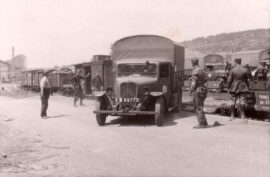
Oceňovaní spojenci - Pozemní útvary československé branné moci v bitvě o Francii očima francouzského velení

Vánoce a přelom roku v zahraniční misi na Slovensku v roce 2022


